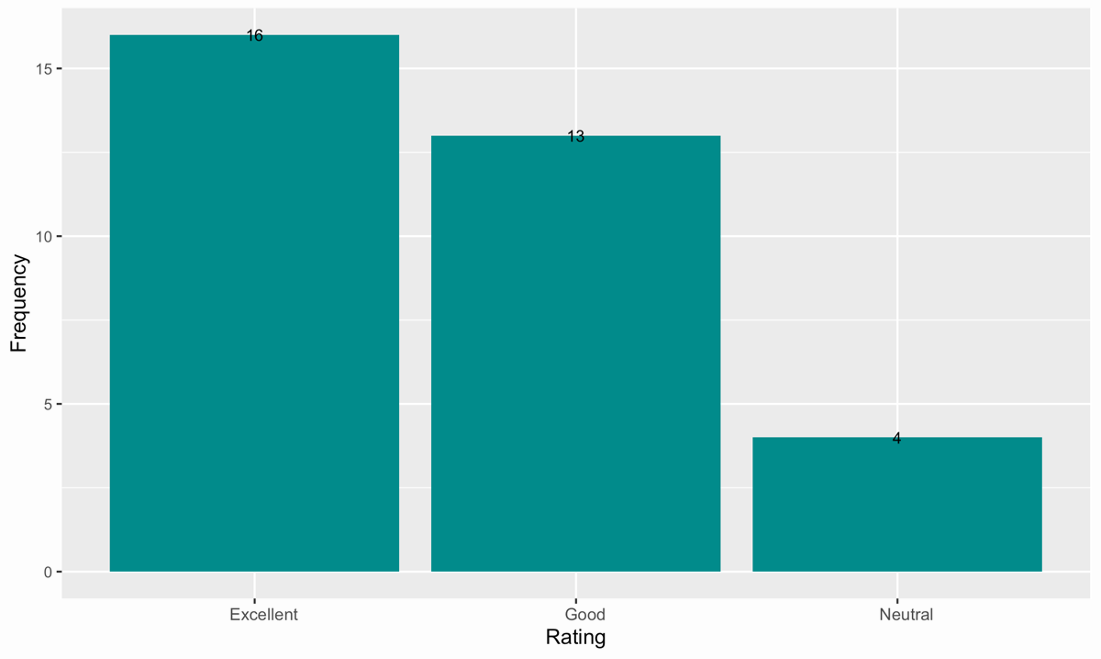
As a leader in innovative education for surgeons, AO Spine has been adopting a blended learning approach to many of its events for some years.
The COVID-19 pandemic that extended into the winter of 2020 meant that the AO was forced to conduct its flagship annual event—the AO Davos Courses—fully online. AO Spine Education Commission Chairperson Emre Acaroglu was determined that AO Spine participants would not be disadvantaged by this necessary change and was intent on providing them the same excellent education they have been receiving during previous face-to-face, on-site events. To ensure this high quality, AO Spine piloted three new online courses adopting the blended learning approach.

Blended learning refers to an educational program or event that uses a mixed teaching methods approach, usually involving a combination of online activities, simulations, and face-to-face interactions. For the AO Davos Courses 2020, the face-to-face elements of the courses took place virtually via Totara, the AO's new online learning management system.
Participant A: "I think virtual may be a very good alternative to actually being there in person, and I didn't feel that the experience was at all compromised!"
The rapid increase in and diversification of technologies is changing both teaching and learning on a global scale. Internet and computer accessibility has created numerous new educational opportunities that were not available even a few short years ago. Technology is changing how students learn and how educators teach, and this evolution has made new educational models such as blended learning possible.
In practice, blended learning activities can take many different forms, but often involve learners preparing for events by watching prerecorded lectures or undertaking reading and e-learning assignments, followed by class time that is used for interactive discussion, problem solving, and other activities with the faculty. Blended learning puts more responsibility for learning on the learner and allows the teacher/educator more time to interact with participants.

Advantages of a blended learning approach result from changing how class time is used, and include:
As the face-to-face element of the online courses would be much shorter than a typical on-site AO Davos Courses educational event, participants and faculty took part in self-directed online activities. Participants were provided with learning materials such as journal articles to read or videos to watch. Some courses then included live, weekly webinars and other courses focused more on the discussion forums, in which each week faculty posed relevant questions to the participants to engage with them and reinforce the lessons learned by reviewing the reading material provided. The highly interactive live events were then conducted online with open discussions on various cases as well as keynote lectures.
The AO Davos Courses 2020 introduced AO Spine’s learners to two new concepts: online courses and blended learning. The feedback from both faculty and participants was very positive.
Total average: 4.36 (better than good)

AO Spine courses at the AO Davos Courses 2020
